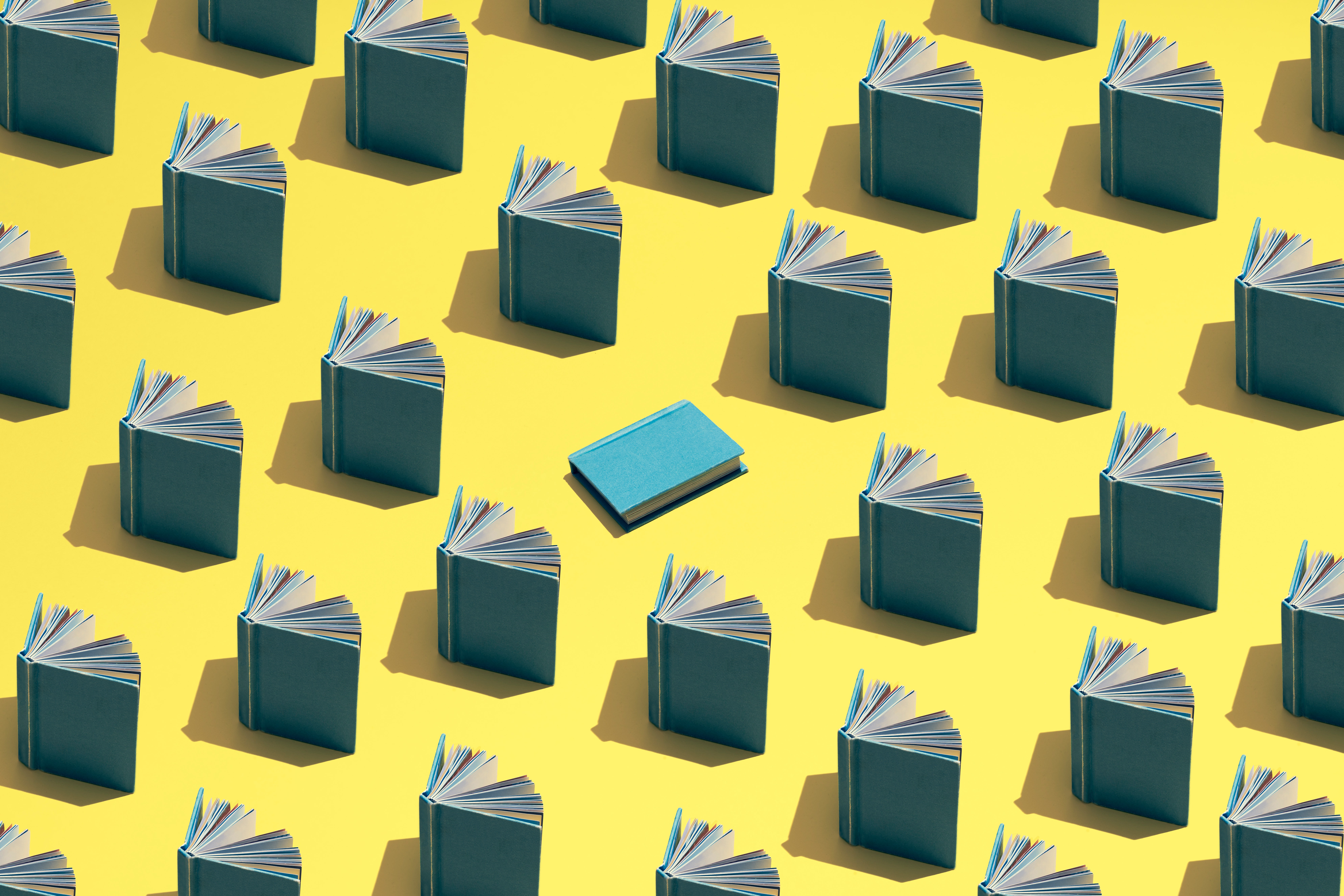
Artificial intelligence
Last month, the American designer Ammaar Reshi published an illustrated story for children , created using Midjourney and ChatGpt , two generative artificial intelligence (Ai) tools, for images and texts respectively. Reshi's work Alice and the Spark, initially designed for the children of friends and a small circle of people, sparked a heated debate on Twitter and social media: how much are creative works damaged by Ai applications?A similar operation was carried out by the Italian artistic collective Roy Ming , which recently published the first story for children in Italian written and illustrated using artificial intelligence , entitled The fox and the future . The book tells of two forest animals, a fox and a bear, who design a robot that can collect honey faster, thus leaving the protagonists more time to play together and explore the forest. The "moral" of the story is a positive vision of technology, which can prove to be a valuable tool for human beings, for the organization of work and practical life.
Roy Ming is the name of a collective of "modern storytellers", as they define themselves on their website, born to explore the intersections between narrative tools and Ai technologies. The authors have illustrated in two videos published on YouTube the process of creating the story, both from the point of view of the text and the images.
Content This content can also be viewed on the site it originates from.
The fox and the future is available in both paper and digital versions, and can be purchased on Amazon from Roy Ming's website.
Artists' doubts
Many of the criticisms of works produced with artificial intelligence concern the training process of the algorithms behind the applications. Systems like Midjourney, for example, are trained using huge datasets of images pulled from the internet. This means that artists who upload their work to the web risk making their works available to the algorithm, even without consent. “ Artists should be adequately compensated when their works are used for algorithm training,” illustrator Michelle Jin Chan told Time. Others have called the use of images by Generative Ai applications outright theft.Twitter content This content can also be viewed on the site it originates from.
Then there are those who have pointed out various quality problems in the automatically generated images.
Twitter content This content can also be viewed on the site it originates from.
Roy Ming's position is different. “ All the artists have always used the works of others for inspiration – commented a representative of the collective -. We believe that using Midjourney is similar to walking around a museum to get ideas. It is just one more tool to carry out an activity that was also carried out previously ”.
Twitter content This content can also be viewed on the site it originates from.
The question central, more than that of the disappearance of creative works, is of a distributive type within the technological paradigms: the companies that develop the algorithms generate revenues by training their technologies on the creations of other artists. How can the latter be compensated?
In an interview published on Buzzfeed News , Ammaar Reshi concluded: “ I think I will be waiting [before publishing a sequel, ed ] to learn more about how this art is used and if there are ways to use it while protecting artists".